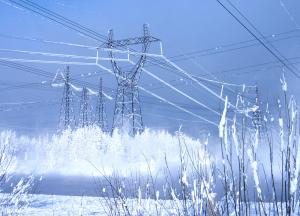How recent events could prove a harbinger of winters to come.
Judah L. Rose joined ICF in 1982 and, with over 30 years of experience in the energy industry, has attained the honorific of one of ICF’s three “Distinguished Consultants.” Mr. Rose’s clients include electric utilities, financial institutions, law firms, government agencies, fuel companies, and Independent Power Producers (IPPs). Mr. Rose testifies frequently in industry proceedings and has published numerous articles in journals such as Public Utilities Fortnightly, Electricity Journal, and Project Finance International. Mr. Rose holds an M.P.P. degree from Harvard (John F. Kennedy School of Govt.) and an S.B. degree (Economics) from M.I.T. He acknowledges those who assisted him with this article – especially those who might not have agreed with the views expressed here.
With spring turning to summer, most of us just want to forget about the Polar Vortex, an extraordinary event that was profitable for some but painful for many. Electricity and natural gas demand hit local highs, operators and regulators were forced to take emergency actions, and power plants once thought to be out of the money got a chance to mint gold.

But simply turning the page would be an enormous mistake, papering over a disturbing truth: recent events may be a harbinger of future emergency winter events. In fact, the disturbances of the Polar Vortex might become the new normal in coming winters.
What the Polar Vortex brought to light is that we have had a distorted view of system capacity due to market rules and regulatory assumptions from the U.S. Federal Energy Regulatory Commission (FERC) that have failed to properly value (or consider) reliability. In spite of several FERC decisions since the Polar Vortex to correct these problems, five on-going trends belie assumptions that the grid has sufficient capacity to meet winter peak demands without emergency actions. These trends belie the ability of grid operators to respond to severe winter weather events and thereby raise overall market risks and price volatility:
• Coal Plants. Continuing retirements, concentrated in specific markets, possibly accelerating

